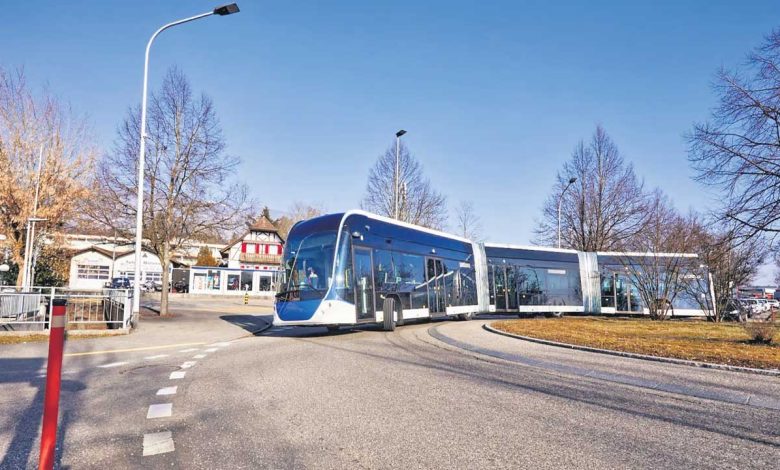KMRL plans to go LighTram Metro route in Thiruvananthapuram and Kozhikode

KOCHI: Considering the financial implications and other issues associated with a traditional metro project, Kochi Metro Rail Ltd (KMRL) has decided to go a different route in Thiruvananthapuram and Kozhikode.
LighTram Metro is a mass transport system like the conventional metro, minus the huge expenses and major logistical challenges.
“A feasibility study will be done by the Urban Mass Transit Company Ltd (UMTC), on already proposed metro routes in the two cities,” said KMRL MD Loknath Behera.
Cities like Brisbane in Australia have opted for LighTram metros as they are more sustainable, cost-effective, and can operate at road level, elevated, and underground, say officials.
For Kerala, which is grappling with a fund crunch, the LighTram makes more sense as it won’t put financial burden on the next generation, it is felt.
“Moving ahead with a conventional metro in Thiruvananthapuram and Kozhikode is difficult as getting funds will be a challenge considering the state’s financial situation. Constructing a metro rail is also more time-consuming,” said a source.
“As per the plan, the Thiruvananthapuram Metro is around 45km. The cost of building a metro rail is Rs 250 crore per km. The LighTram can achieve this at one-fourth the cost,” added the source.
KMRL is also planning LighTram Metro in Kochi to connect areas where a conventional metro is not feasible.
“Swiss-based HESS Green Mobility, which implemented LighTram service in Brisbane and other parts of the world, has submitted a feasibility report on the MG Road-Thevara-Marine Drive loop. Studies on Mattancherry, Fort Kochi, and the elevated bypass at Edapally-Aroor will be launched soon,” Behera said.
Hailing the idea of a LighTram Metro in Kochi, transport expert Adarsh Kumar said the city roads have exhausted their carrying capacity. “Expansion of roads here has its limits. It is high time authorities think about a LighTram as it will be benefit heritage areas,” Adarsh said, adding that it will also inculcate traffic discipline among commuters. “In terms of serving the purpose of mass rapid transportation, LighTram is the best option for Kerala,” he said.
Another benefit of LighTram Metro, said a KMRL official, is that passengers need not lose 3-4 minutes climbing stairs to reach the platform.
“They can board the LighTram from the road. The only challenge is that Kochi city has several criss-cross junctions. It’s nothing an intelligent transport signalling system and priority signalling can’t solve,” said the official.
Maintaining that Kochi Metro is expected to reach optimal utilisation stage in the next 30 years, the official said, “The LighTram will get wider acceptance from passengers. They will provide more travel options with easy links to bus and trains.”
On concerns about operating LighTram on the narrow roads in Kochi city, Behera said 18m is the minimum width of the road required for a LighTram. “Hence, We will need to acquire less land for it than a metro rail. It can also operate on curvy lanes,” he said.
However, Metroman E Sreedharan disagrees. “LighTrams are impractical on Kerala roads as the latter are narrow and the vehicles will occupy a portion of the road. Only the civil structure is cheaper than a conventional metro rail. The train’s cost will be much higher than the ones operated by KMRL,” he said.
LighTrams can be operated parallel to the road level, elevated and underground metro rail systems. A three-coach light tram having a length of 25m can carry up to 240 passengers. The electric-hybrid trams can be fully charged in six minutes and travel for 45km. They are also differently abled-friendly.





